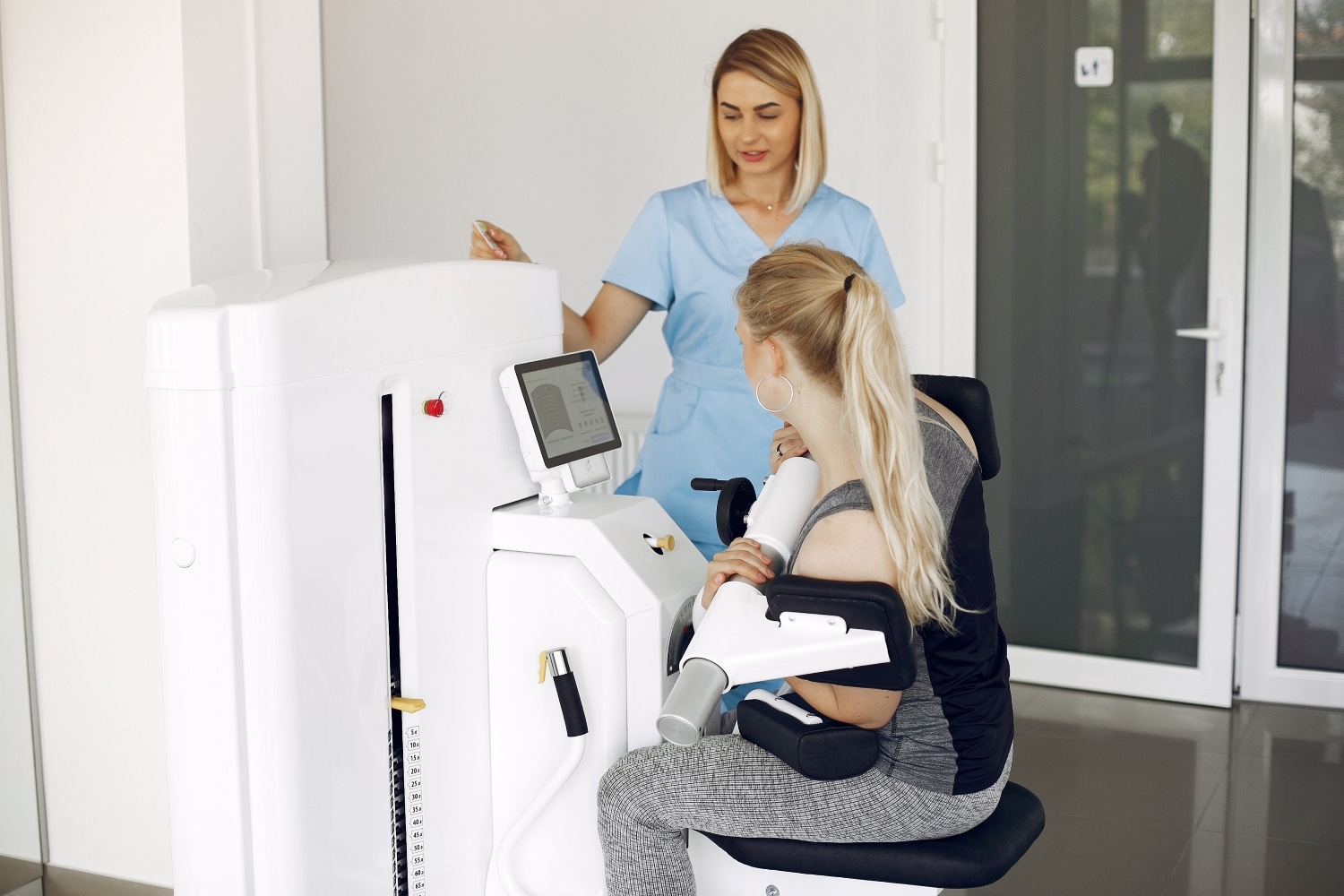Are there numerous ups and downs in your recruitment procedure for a great fit for a Physical Therapist? Well, that is now in the past. We’re here to help you find your future hire by helping you through the full process. This Free Physical Therapist Job Description Template may assist you in locating a competent and trustworthy person for your company.
Our VIVAHR software is the one that will help you in this process of recruitment to find a perfect fit for the role.
Throughout the recruiting process, we will support and guide you.
Ready? Let’s go! 🚀
What is a Physical Therapist?
Exercises, massage, functional movement training, and other approaches are used by physical therapists to assist persons with injuries and illnesses to regain movement, reduce discomfort, become stronger and more flexible, and accomplish daily duties.
Fractures, neck and back injuries, neurological problems, and sports and work-related injuries are common among their patients.
A treatment plan will be devised by the therapist to aid in their long-term rehabilitation. A physical therapy technician or a sports therapist are other names for them.







